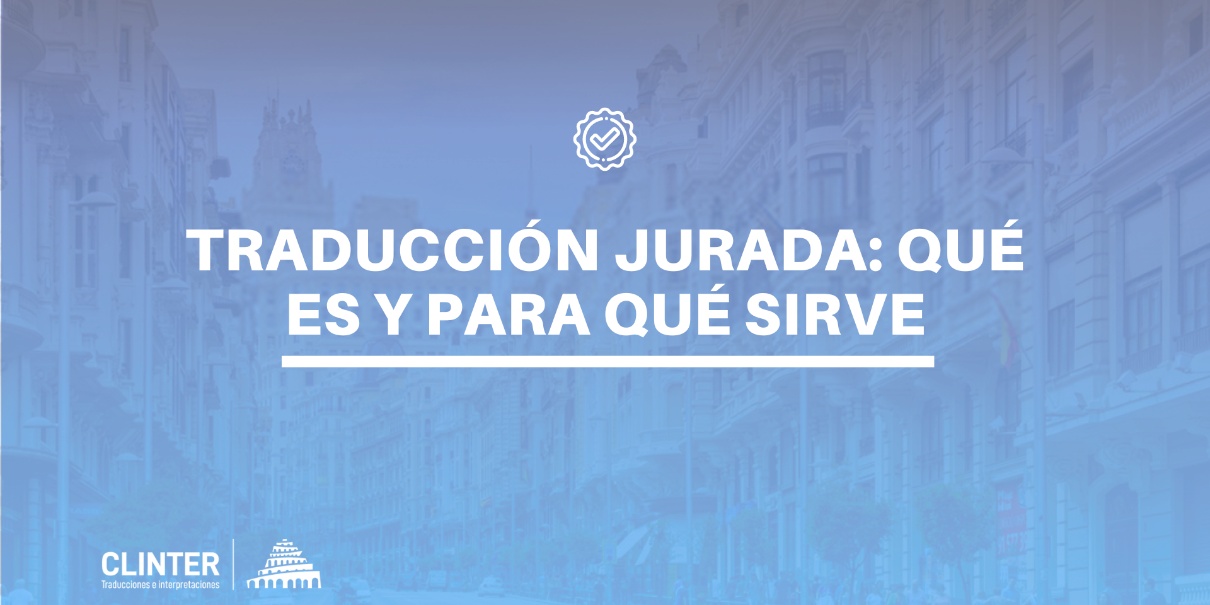In today’s world, there are many people with a hearing impairment. Many of them rely on sign language to communicate with the rest of society. This is a complex and unique situation, which is why interpreters play a fundamental role in bridging the gap between deaf and hearing people.
The following sections will focus on the importance of the role played by these professionals, with a detailed analysis of the challenges and responsibilities they face. In addition, we will explain the training process and resources available to those interested in becoming interpreters.
This article will allow you to gain an understanding of the role of sign language interpreters. You will also learn about the importance of their role in enabling deaf people to access education, employment, and entertainment opportunities.
What is a Sign Language Interpreter?
A sign language interpreter is a professional who facilitates communication between people who speak different languages. In this case, the translation is between sign language and speech.
This function is essential in educational, health, business, and legal settings, among others. These professionals can also help people with hearing impairment to understand the content of a conversation or to communicate with others.
In some countries, sign language interpreters must be certified in order to practise their profession. This allows them to demonstrate that they meet a set of standards of competence in their languages. Some interpreters may also have international certification, meaning that they are able to work in several countries.
Tasks of a Sign Language Interpreter
Tasks of a sign language interpreter:
- Interpreting: The main task of an interpreter is to interpret messages from one sign language into another.
- Mediation: The interpreter must be able to mediate between the parties in a conversation so that both understand the message being conveyed.
- Facilitating communication: The interpreter must be able to help deaf people communicate with other sign language users in both formal and informal contexts.
- Maintaining privacy: The confidentiality of the information shared by the parties must be maintained to ensure the privacy of all participants.
In addition, the interpreter must keep on top of the latest technological developments and constantly stay up to date in order to be able to offer a better service.
Skills of a Sign Language Interpreter
There is a lot of responsibility involved in this job, so certain skills are required to perform it to the highest standard.
- Knowledge of languages: The interpreter must know and master both languages, namely sign language and spoken language. This requires a very thorough knowledge of the vocabularies, concepts and structures of both languages.
- Communication skills: The interpreter must possess a strong ability to communicate with people who have different types of disabilities. These communication skills include the ability to listen, understand, speak, read, and write.
- Information handling skills: The interpreters must be able to handle information accurately. This includes the ability to understand the meaning of messages, to interpret the content and to convey them clearly and accurately.
- Interpretation skills: The interpreter must have the ability to interpret messages clearly and accurately. This includes understanding concepts and translating spoken texts into sign language and vice versa.
- Translation skills: It is necessary to translate clearly and accurately. Understanding the meaning behind the messages and translating the messages clearly and accurately is a must.
- Interpersonal skills: The interpreter must possess interpersonal skills, such as the ability to work in a team. This includes the ability to handle situations involving conflict.
What is the training process for sign language interpreters like?
In order to become a sign language interpreter, specific training is required.
This training includes courses in sign language, as well as courses in interpreting, communication, and other related subjects. The duration may vary from country to country and from institution to institution. Generally, however, interpreters must have at least one year of training to obtain the qualification.
In addition to academic training, they must also have practical knowledge in the field. It is important that they know how to communicate effectively with sign language users. Therefore, they need to make an effort to keep up to date with the latest trends in the field of sign language.
Do you know who Justina Miles is?
Justina Taylor Miles is an American sign language interpreter who has worked on a variety of entertainment projects. Born in New York, Miles began her career as an interpreter at the age of 11. She moved to Los Angeles at the age of 17 to follow her dream of working in the entertainment industry.
She has worked as an interpreter on several TV shows, such as “The Voice” and “America’s Got Talent”. She has also interpreted for singer Rihanna at the Super Bowl 2023 Final. This performance was especially meaningful to her. It represented a unique opportunity to share sign language culture with the world.
She has also made significant contributions to the field of education. She has worked as a sign language interpreter in several schools and non-profit organisations. She has also provided advice on how to improve education for students with hearing disabilities.
In addition, she has worked with the US government to develop policies to improve access to education for deaf people.
Miles is an inspirational figure in the world of sign language interpreting. Her work has contributed to raising the profile of the deaf community and improving the lives of students with hearing disabilities.



